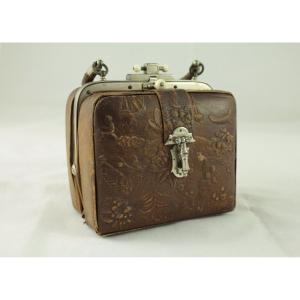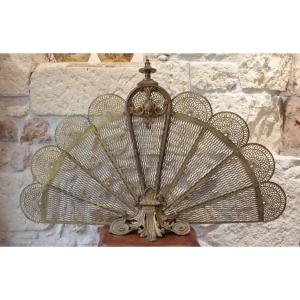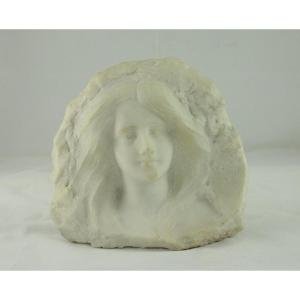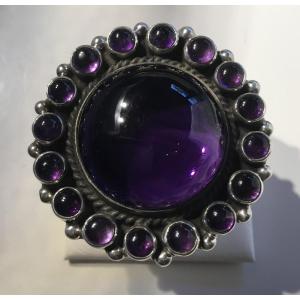Late 19th and 20th century.
Dimensions: Female profiles: H 3 and 2.5 x W 2 and 1.8 cm, shell: H 3 x W 2.4 cm, flowers: diam. 1 cm approximately.
A shell cameo is a bas-relief carving made on a marine shell, often used to create elegant and classic jewelry. These shells, such as those of the Cassis madagascariensis, feature layers of contrasting colors, allowing for the carving of visually appealing designs. Shell cameos are generally more fragile than stone cameos, with an orange-pink background and a white or cream foreground. Cameos have a rich and fascinating history, dating back to antiquity.
Origins in Antiquity The first cameos appeared as early as the 6th century BC in Greece, where they were carved from semi-precious stones such as onyx and sardonyx. They often represented mythological or heroic figures and were used as ornaments or seals. Under the Roman Empire, this art reached its peak. Cameos, worn by the elite, symbolized power and refinement. Masterpieces such as the "Grand Camée de France" date from this period.
During the Middle Ages, the art of the cameo declined but was reborn during the Renaissance thanks to Italian artistic influence.
Cameos became prestigious objects prized by European royal courts, notably by Queen Elizabeth I and Napoleon Bonaparte, who founded a school dedicated to this art in 1804. Evolution in the 19th century In the 19th century, cameos experienced a resurgence in popularity. To meet growing demand, less expensive materials such as glass or shell were used. They became fashion accessories for all social classes.
Today, after a period of neglect, cameos are making a comeback in contemporary jewelry, blending tradition and modernity.


































 Le Magazine de PROANTIC
Le Magazine de PROANTIC TRÉSORS Magazine
TRÉSORS Magazine Rivista Artiquariato
Rivista Artiquariato